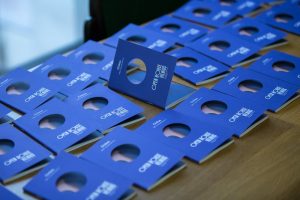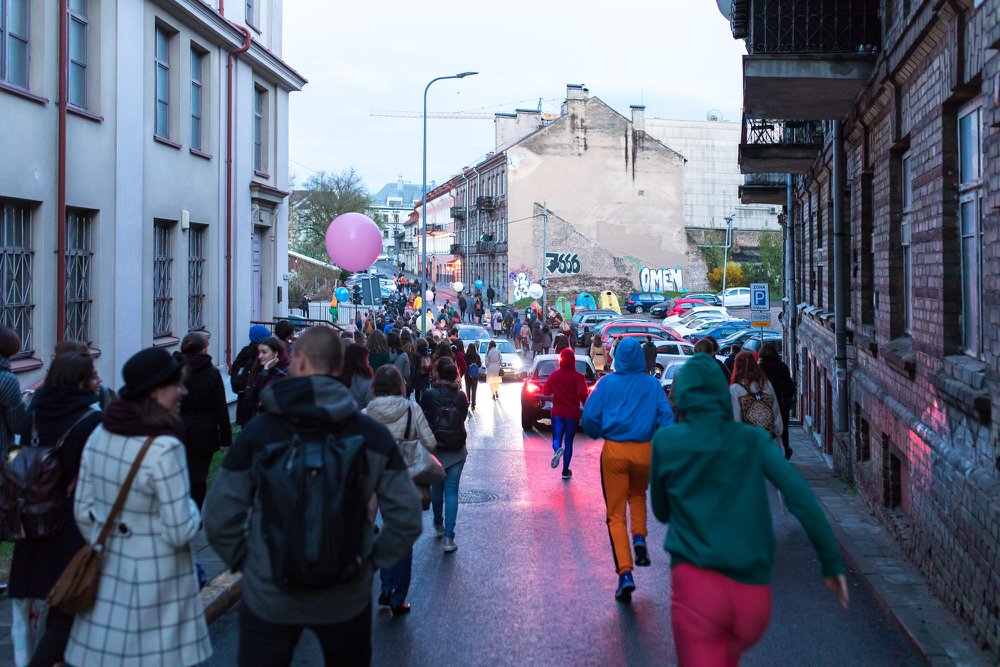open house according to www.urbandicionary.com
- party: a party where whoever wants to come is allowed to attend – an optimistic idea, but not always a smart one.
- ready hospitality: a situation or occasion when visitors are welcome at any time
- school visiting day: a day on which an institution such as a school or college is open to the public for visitors to view aspects of its work and activities
- viewing period before sale: a period of time during which a house or an apartment that is for sale is open to the public for viewing
- house open to viewing: a house or apartment that is open to be viewed by the public before sale
In Lithuanian, things are way easier. An open house. It is a house that is not closed. An open house? Yes, that’s the way we like it best. It makes you feel comfy.
So, what are we here about?
About an open house in its direct meaning. (or as in our office, we would put – literally. Well, not only in the office. We wouldn’t give a second thought to using this word in a conversation about global warming, or when discussing daily issues with our families). Open House Vilnius (OHV) is an event that brings together locals and Vilnius visitors, to take part in free excursions in the unique buildings of Vilnius that will be completely or partially publicly unavailable. In other words, it’s an open architecture weekend held in the spring. The way we see it, it’s more of a festival, since it is being successfully organised for the 4th year running. (We highlighted Vilnius for a reason – the festival has been held in over 30 cities around the world since 1992: Barcelona, Helsinki, Rome, Melbourne, New York, you name them. But Open House Vilnius is still a pioneer across the Baltic countries.) That is precisely why we previously asked you to decode the term “open house”. 🙂 Do you now agree that the Lithuanian definition is somewhat more cosy? Open city houses.
You might ask which unique buildings are completely or partially closed to visitors? Therefore, tell me what you picture first when you think of the most unusual house/object/building in a city? Is it the jail, maybe? Or a fire station? Or perhaps it’s a modern apartment building which has replaced an old forgotten warehouse? A columbarium? Those are just a few of the 62 buildings and spaces that welcomed visitors this year. We could also name the remaining 58, which include theatres, museums, business centres, science and government institutions, as well as creative spaces in the city and its outskirts. Believe us when we tell you it’s hard to decide which of these objects is the most interesting and worth mentioning. Let’s leave it for you to decide, when you visit several of them next year. (You can find all the details of the event, along with an easy-to-find list of objects, at the website of Open House Vilnius. Here, you can start planning your 10 kilometre open architecture journey!)
Several team members of TOFT International had a chance to become familiar with the OHV buildings, before they were opened to the public. Just like last year, the OHV organising team proposed that we could contribute to the event by translating the building descriptions into English. We had no doubts about it! We are looking forward to continuing our cooperation next year as well.
One of our team members was able to explore the OHV objects for the first time. 🙂 And it was a 10 kilometres journey! On foot. No, he didn’t become tired – the sunshine in the spring often gives you an impulse to do the strangest things without thinking of the consequences. The buildings he wanted to see up close up, and to hear the interesting stories about them, were not based on a random choice. The first building on the list was the Vilnius Antakalnis Gymnasium. First of all, it is the place where members of the legendary Lithuanian rock band Foje studied. That is why he wanted to set foot in these corridors! He’s a crazy fan… 🙂 Secondly, some time ago he used to pass this building at least twice a day, and he remembers thinking that he would fancy going back to school if it meant staying in that beautiful building. And on top of this, the guide gives you lots of interesting facts. Once this building used to house two separate schools for girls and for boys. They would raise chicken, roosters and rabbits in the attic. If you look closely, you might find the signs of a WW2 shooting on the exterior wall. When you hear things like this, you instantly become even more interested in the building and its history.
The journey then took us to the city centre: to the very heart of it – Vokiečių Street. To be honest, I’m ashamed to admit that after having lived in the capital for so long (and in saying so long we mean soooooooo long, trust us) we still haven’t visited the Contemporary Art Centre. (By the way, it is the largest institution of this type in all the Baltic countries.) And voilà! OHV created the opportunity for us to kill this unpleasant feeling of shame. As soon as you open the door, you instantly understand how name fits this building. Even if you have visited the CAC before, did you have the slightest inkling that the workstations on the ground floor are made from the wings of a glider? Or the secret of the tables in the reading room? They are all of different shapes and sizes, and once you bring those puzzle parts together you can form one huge rectangular table.
An unforgeable dance performance experience was created by Bodies in Urban Spaces – directed and staged in Vilnius for the first time as part of the OHV programme. It was a colourful dance performance directed by the Austrian choreographer and conducted by 20 local dancers. They led (by running all the time!) the audience through public or semi-public city spaces, and literally (hee, hee here we go with yet another “literally”) squeezed themselves between the walls, into small spaces under the stairs, hung from street sign poles, etc. This made the audience experience the city spaces they see every day in unexpected ways.
As the author of the project said, the aim was to “sense your city”. Hm, I’m not sure if there’s any better way to put it. No matter what the basic concept of Bodies in Urban Spaces is, no one was indifferent to the performance. The crowd fused with and followed the artists, who made body sculptures of different shapes, postures and combinations in the most (un)expected locations of the city centre.
- Photo by Giedrius Akelis Photography | spot-on.lt
- Photo by Giedrius Akelis Photography | spot-on.lt
- Photo by Giedrius Akelis Photography | spot-on.lt
Repeatedly, jaws dropped in the audience, people were amazed, they laughed, they took pictures and their minds were blown again and again. We had the only one thing on our minds after such a spectacle: now we know what it means to “make haste slowly” (Latin festina lente). In our daily haste, we should try to stop for 10 seconds (that is approximately the time the dancers spent at one object) and to lift our heads up or look at our feet, to turn around and try to see the bigger picture, or look from a different angle or another perspective, etc. And in this way, maybe we can discover a unique element that has always been there, but that we haven’t managed to notice before. It is possible that once you see the obvious things from a different angle, they will transform into something much more interesting and exciting. If we dare look from a different perspective, will it make our eyes open wider? Literally. 😉











